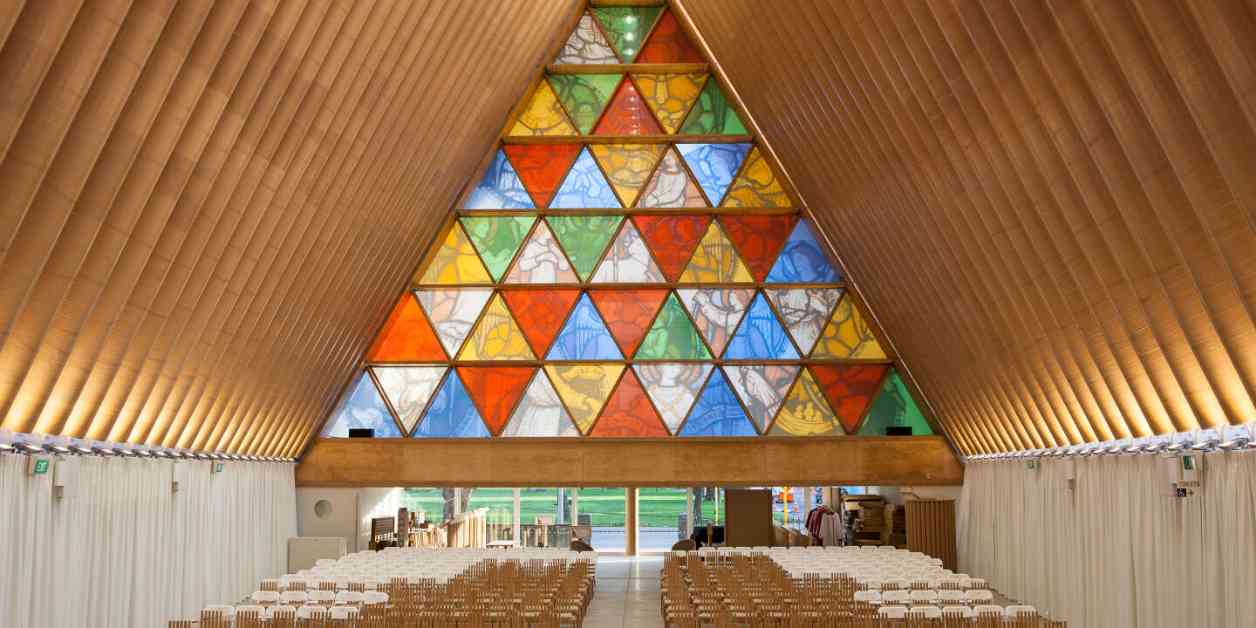The Remarkable Benefits of Cardboard: How Sustainable Packaging Transformed My Perspective
In the era when single-use plastic is gradually disappearing from stores, cardboard, once reserved for packaging, is emerging as a leading material. It is robust, recyclable (almost) infinitely, and finding new uses beyond its traditional role. From creating furniture to sculpting art pieces and insulating homes, cardboard is proving its versatility and sustainability.
At the Cardboard School in the 19th arrondissement of Paris, Kitty Naslin, an entrepreneur with a passion for cardboard, showcases the beauty and potential of discarded cardboard packaging. Her students, ranging from retirees to professionals seeking a creative outlet, engage in crafting cabinets, bookshelves, desks, chairs, and lighting fixtures from recycled cardboard. Naslin, with her directive tone and butterfly-shaped earrings, emphasizes how working with cardboard has not only been a creative outlet but a means of mental rejuvenation for herself and her students.
The appeal of cardboard craftsmanship extends beyond just a hobby. With the Cardboard School being the first institution to receive official state recognition for cardboard fabrication, many participants are financially supported by regional programs or personal training accounts. Some individuals pursue cardboard crafting as a leisure pursuit, while others aspire to turn it into a full-fledged career. The art of working with cardboard has even become a small business venture, with numerous companies and organizations offering team-building workshops and classes in schools, community centers, and hospitals.
Behind this newfound passion for cardboard lies a shared goal: to construct durable objects using materials once deemed waste. As an environmentally friendly material, cardboard is biodegradable, recyclable up to 25 times, and boasts an impressive 82% recovery rate in France according to the Ademe.
Innovative Applications of Cardboard: From Furniture to Sustainable Housing
Originally invented in the mid-19th century in England to line top hats, corrugated cardboard – made from plant fibers – transitioned to industrial packaging in the 1870s. With the rise of e-commerce, cardboard boxes have become ubiquitous in urban spaces, often accumulating in parcel delivery points and residential lobbies. To combat wastage, organizations like Carton Plein in Paris and Nanterre collect and resell recycled cardboard as moving kits, employing individuals facing social exclusion.
Moreover, the versatility of cardboard has led to innovative startups offering cardboard furniture, bicycles, and even buildings. Nicolas Le Dirach, the founder of MBC 56, a company specializing in cardboard homes in Morbihan, France, has witnessed a surge in demand nationwide. By showcasing his family’s cardboard-insulated house, Le Dirach highlights the benefits of cardboard insulation, which does not compress over time like traditional fiberglass. The thermal and acoustic properties of cardboard insulation not only reduce energy consumption but also provide a sustainable construction alternative with recyclable components.
As the sole provider of cardboard construction in France, Le Dirach emphasizes the importance of minimizing energy consumption through recyclable materials, shaping the future of eco-friendly housing solutions.
The Future of Cardboard: A Sustainable Path Forward
Looking ahead, the potential of cardboard as a sustainable material is vast. With ongoing advancements in cardboard technology and innovative applications, the journey towards a more eco-conscious society is well underway. From reducing environmental impact to fostering creativity and entrepreneurship, cardboard is proving to be more than just a packaging material – it’s a symbol of sustainability and innovation.
As individuals and industries alike embrace the benefits of cardboard, the possibilities for sustainable living and creative expression are endless. Whether through crafting furniture, constructing homes, or exploring new artistic avenues, cardboard continues to surprise and inspire, offering a compelling narrative of environmental stewardship and resourcefulness.

